Pathophysiology
Elevated ICP
- Age-dependent reduction of CSF buffering by the subarachnoid space: Maximized brain growth at 5 or 6 years of age can explain the reduction of subarachnoid CSF to buffer increases in ICP during times of catheter obstruction (may explain the age range in which slit ventricle syndrome occurs). An inability for the spinal subarachnoid space to aid in buffering high ICP (due to a smaller than normal spinal canal) may also play a role (2).
- Obstruction due to coaptation of ventricular walls: ICP could be elevated in the presence of a shunt malfunction where the ependymal wall becomes coapted to the catheter openings and causes transient obstruction. Imaging may misinterpret this state of stable ventricular size as the absence of shunt malfunction.
- Stiff brain: Reduced brain compliance leading to high ICP has been implicated. Periventricular gliosis may develop after chronic shunting and contribute to the inability of the ventricles to dilate. Gliosis, however, has been found on autopsy with and without small ventricles (5).
- Venous engorgement: There is some evidence that decreased brain compliance does not occur, but rather that there is increased cerebrovascular distensibility (venous). Distensible veins compress easily during increased ventricular pressure situations (i.e., shunt failure), causing venous outflow obstruction (decreased venous return) and further increases in ICP (6,7).
Low ICP
- Overdrainage of CSF: Small ventricles can also be associated with low ICP, as in shunt overdrainage or siphoning. In these cases, low-ICP headaches develop, typically with upright posture (brain CSF volume inadequate).
Migraine or vascular headaches
- Headaches unrelated to shunt: Headaches can be related to increased cerebral blood volume. Other headaches include tension or sinus-related headache.
Please create a free account or log in to read 'Pathology of Slit Ventricle Syndrome in Children'
Registration is free, quick and easy. Register and complete your profile and get access to the following:
- Full unrestricted access to The ISPN Guide
- Download pages as PDFs for offline viewing
- Create and manage page bookmarks
- Access to new and improved on-page references

